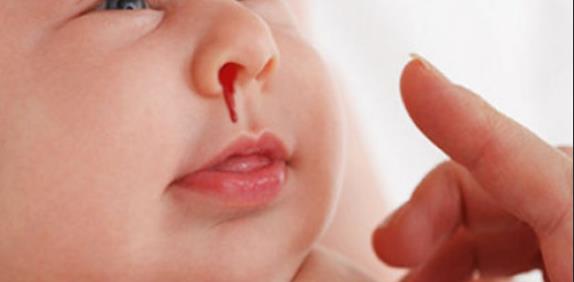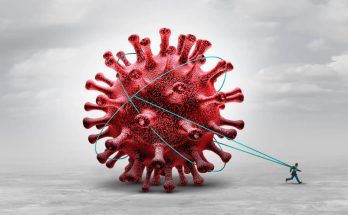Types of Nosebleeds
A nosebleed comes from the front of your nose (anterior) or the back of it (posterior).
- Anterior nosebleeds. The wall that separates your nostrils is called the septum. It has a lot of blood vessels that can break from a hit in the face or even a scratch of your fingernail. Most nosebleeds start in the lower part of the septum, meaning close to your nostrils.
- Posterior nosebleeds. These are more rare. They start deeper in the back of your nose. Posterior nosebleeds are more likely to happen in older people, those with high blood pressure, or those who have had a face injury.
It can be hard to tell if you have a posterior or anterior nosebleed. Both can make blood flow toward the back of your throat if you’re lying on your back. But posterior nosebleeds can be much more serious. You’re more likely to need emergency help.
Nosebleed Causes
Most are spontaneous, meaning they happen unexpectedly and don’t have a known cause. But if you get nosebleeds a lot, there may be a reason you can pinpoint:
- Dry climates or dry, heated air that dries out the inside of your nose
- Picking your nose or rubbing it too hard
- An upper respiratory infection like a cold
- Repeated nose-blowing
- An injury to your nose or a foreign object in your nose
- A deviated septum
- Allergies or allergy medicines that can dry out your nose, like antihistamines and decongestants
- Certain blood thinners
- Taking aspirin regularly
- Nasal sprays
- A sinus infection
- Chemicals that irritate your airways, like ammonia
- Pregnancy
- Alcohol use
Another rare cause of nosebleeds can be a tumor in the nose or sinuses. It may be noncancerous, also called benign, or cancerous. Only about 2,000 cases of cancerous tumors in the nose or sinuses are diagnosed in the U.S. each year.
In some cases, nosebleeds can be caused by genes passed down in families. A rare condition called hereditary hemorrhagic telangiectasia (HHT) affects the blood vessels. The main symptom is repeated nosebleeds that seem to come out of nowhere and get worse over time.
If you have HHT, you might wake up at night with your pillow soaked in blood, and you may develop red spots on your face or hands. If one or both of your parents has this condition and you’re having nosebleeds, ask your doctor about being tested for it. Treatments can help improve your symptoms.
—–The end—–
Source from WebMed / Medically Reviewed by Neha Pathak, MD on September 21, 2020



